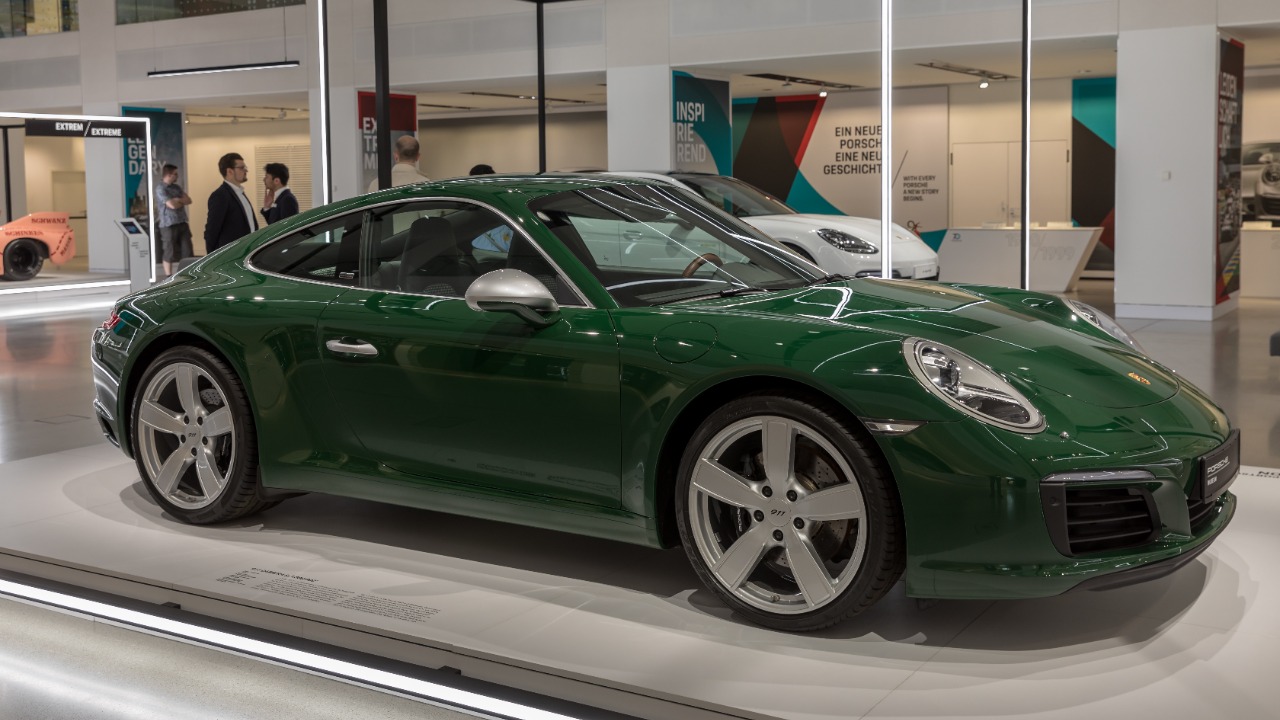
When it comes to buying a vehicle, not all cars are created equal in terms of maintenance and repairs. Some cars are notorious for being “money pits,” draining your wallet with frequent and costly repairs. Whether it’s due to complex electronics, limited parts availability, or simply outdated technology, these vehicles can be a financial burden. Let’s explore the cars that mechanics often warn against, so you can make a more informed decision.
Luxury Sedans with Complex Electronics

Luxury sedans like the Mercedes-Benz S-Class are renowned for their advanced technology and comfort features. However, these perks often come with complex electronic systems that can be prone to malfunctions. Repairing these systems can be costly, as they often require specialized tools and expertise. Additionally, the price of replacement parts for these high-end vehicles can be significantly higher than for more standard models.
Beyond the initial sticker price, owning a luxury sedan can lead to unforeseen expenses. These vehicles often require premium fuel and more frequent servicing, adding to the overall cost of ownership. If you’re considering a luxury sedan, it’s important to factor in these potential costs.
High-Performance Sports Cars
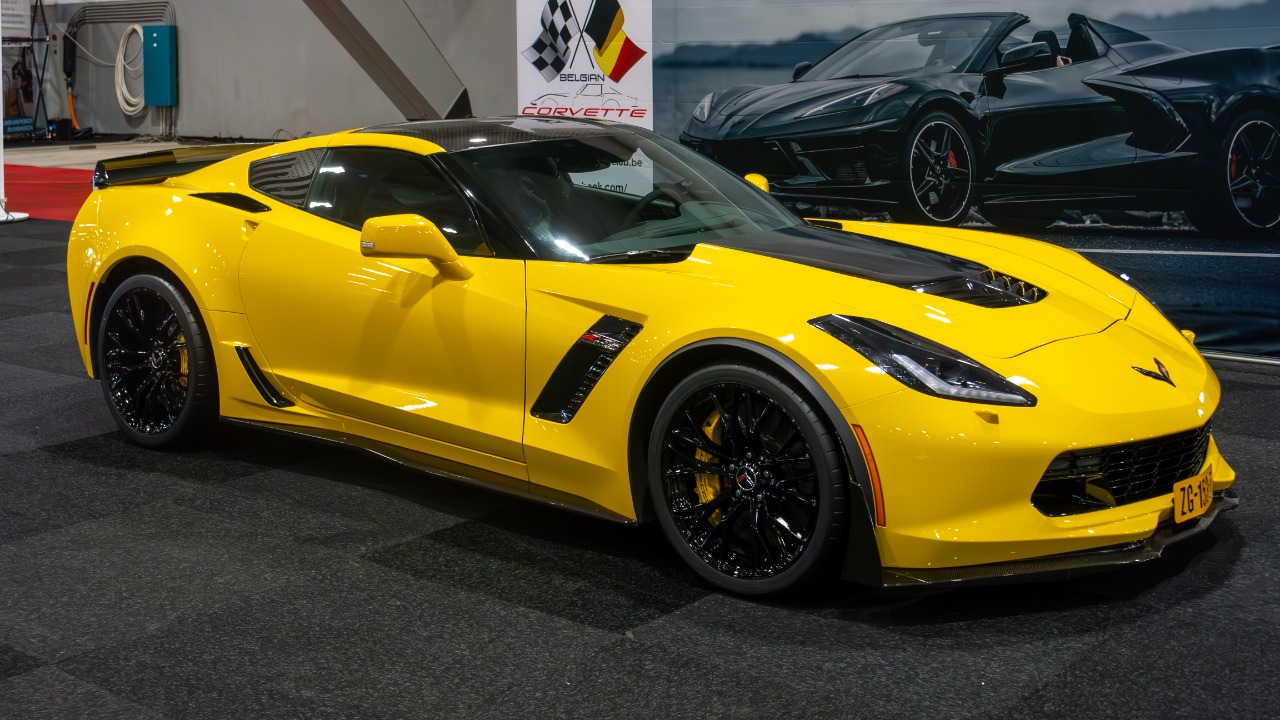
High-performance sports cars like the Porsche 911 or the Chevrolet Corvette are designed for speed and agility, but they can also be financial traps. The very elements that make these cars exciting, such as powerful engines and advanced suspension systems, also contribute to their high maintenance costs. Frequent servicing and the need for specialized parts can quickly add up.
Moreover, the insurance premiums for sports cars are typically higher due to their increased risk of accidents and theft. If you’re passionate about driving a high-performance vehicle, be prepared for the associated expenses that come with maintaining its peak performance.
Older European Models
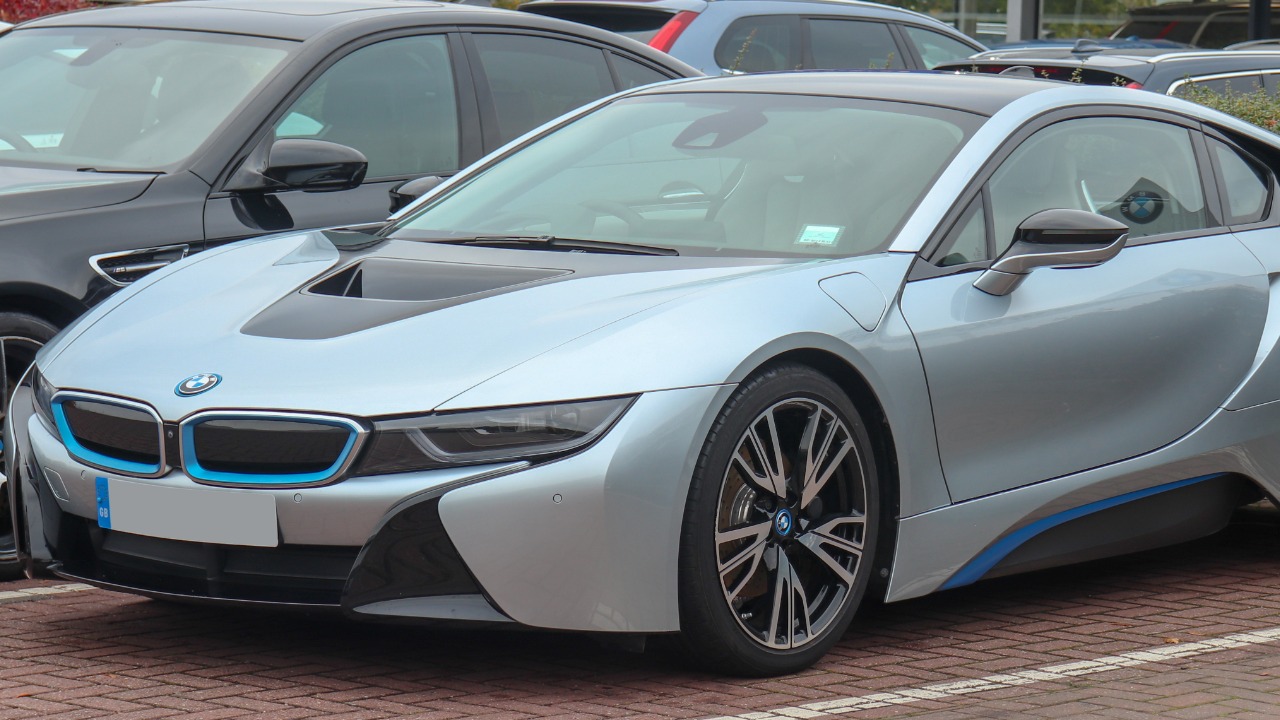
Older European models, such as certain BMW or Audi vehicles from the early 2000s, are often cited as money pits. These cars may have been cutting-edge in their day, but as they age, the cost of maintaining their complex systems can become prohibitive. Parts for these vehicles can be difficult to find, and labor costs are often high due to the intricate nature of their designs.
If you’re considering an older European model, it’s crucial to have a thorough inspection done by a qualified mechanic. This can help identify any potential issues before they become costly repairs down the line.
Large SUVs with Poor Fuel Efficiency

Large SUVs, such as the Ford Expedition or Chevy Suburban, are known for their spacious interiors and off-road capabilities. However, their poor fuel efficiency can make them expensive to operate. In today’s world, where fuel prices can be unpredictable, owning a gas-guzzling SUV can quickly become a financial burden.
Additionally, the larger size and weight of these vehicles often lead to increased wear and tear on components like brakes and tires. Regular maintenance costs can be significantly higher compared to smaller, more fuel-efficient models.
Exotic Cars with Limited Parts Availability
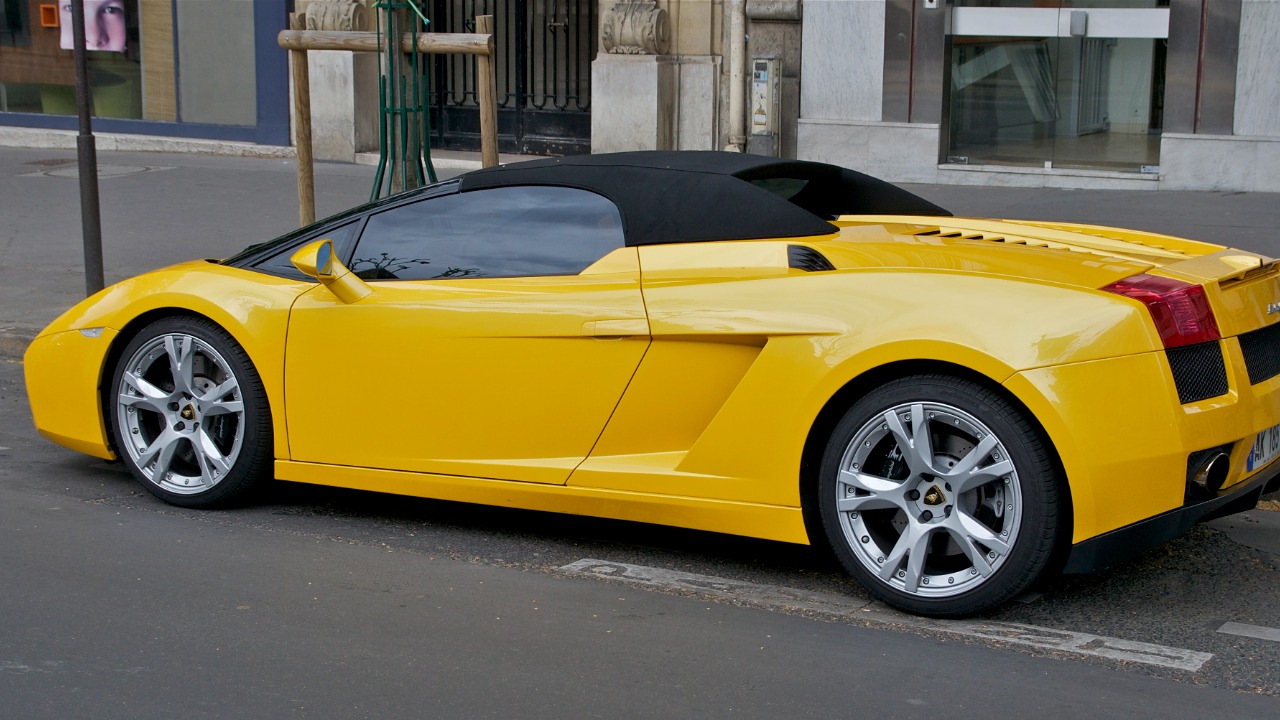
Exotic cars, like those from Ferrari or Lamborghini, offer unmatched performance and exclusivity. However, these vehicles often have limited parts availability, making repairs both time-consuming and expensive. When something goes wrong, finding the right part can be a challenge, and even when available, it often comes with a hefty price tag.
The specialized nature of these vehicles means that not just any mechanic can perform repairs. You’ll likely need to visit a specialist or dealership, which can further increase costs. If you’re dreaming of owning an exotic car, be prepared for the financial commitment beyond the initial purchase price.
Electric Vehicles with Expensive Battery Replacements
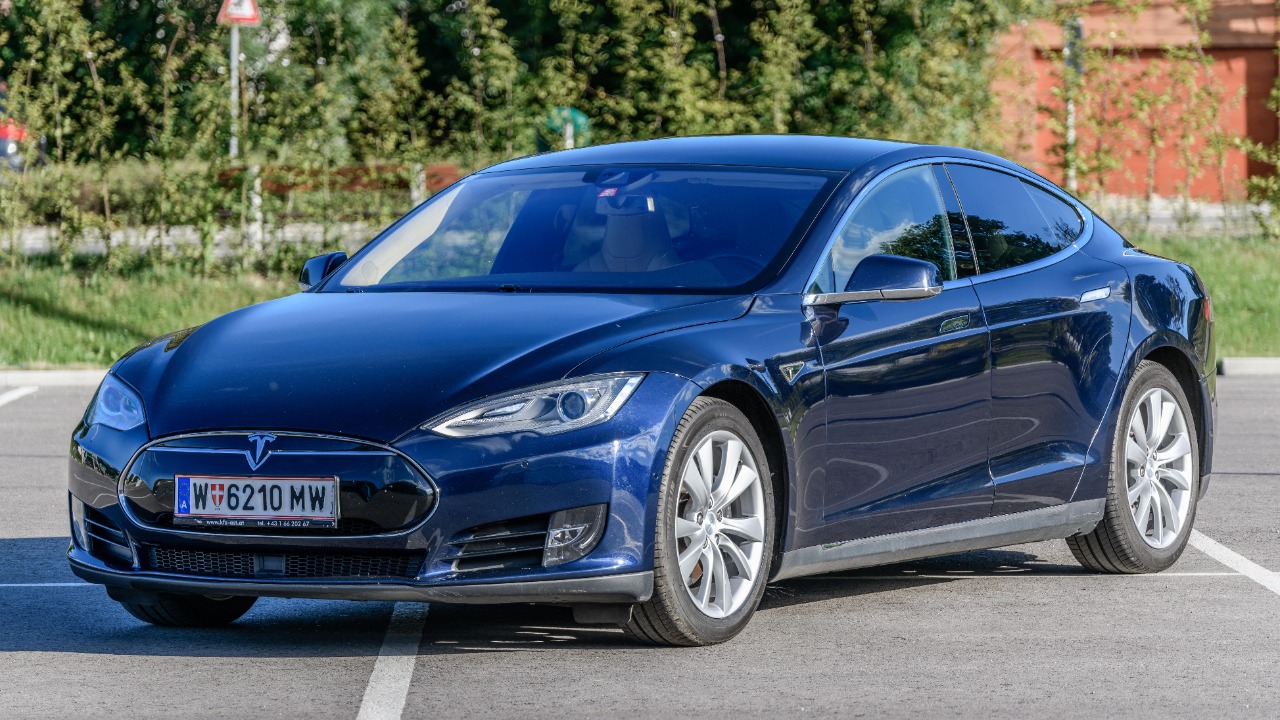
While electric vehicles (EVs) like the Tesla Model S promise lower fuel costs and environmental benefits, they come with their own set of challenges. One of the most significant expenses can be battery replacement. Over time, the battery’s capacity reduces, and replacing it can be costly, sometimes reaching thousands of dollars.
Additionally, EVs often require specialized service centers for repairs. While they have fewer moving parts than traditional cars, any issues with the battery or electric drivetrain can be expensive to fix. Consider these factors when weighing the long-term ownership costs of an electric vehicle.
Classic Cars with Rare Parts
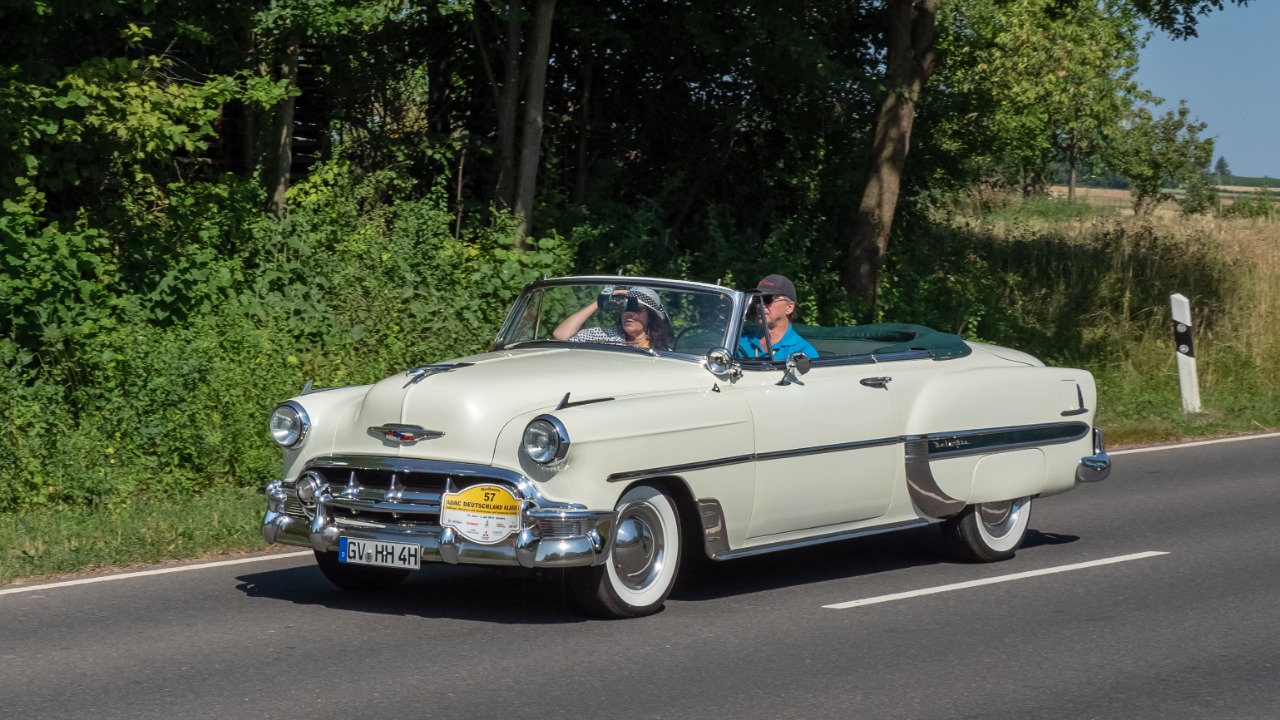
Owning a classic car can be a rewarding experience, but it often comes with the challenge of sourcing rare parts. Models like the Ford Mustang from the 1960s or the Chevrolet Bel Air can require parts that are no longer in production. This scarcity can drive up the cost of both parts and labor.
While working on a classic car can be a labor of love, it’s important to be aware of the potential expenses involved. Finding a mechanic with expertise in vintage vehicles can also be a challenge, further complicating the restoration process.
Turbocharged Engines with High Maintenance Costs
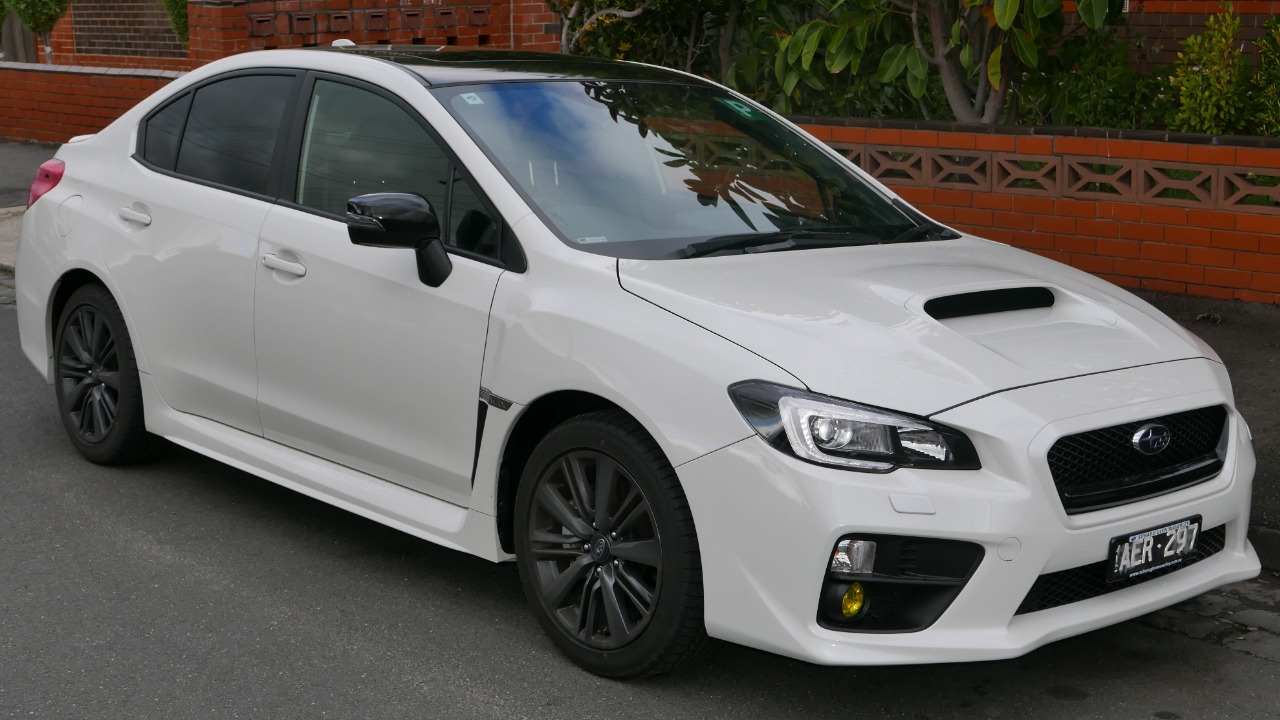
Turbocharged engines, found in models like the Subaru WRX or Ford Focus ST, offer enhanced performance but often require more maintenance. The added complexity of turbochargers means more potential points of failure. Regular maintenance is crucial to prevent costly repairs, and even routine servicing can be more expensive than for naturally aspirated engines.
Turbocharged engines often operate under higher stress, leading to increased wear on components. If you’re considering a vehicle with a turbocharged engine, ensure you’re prepared for the potential maintenance requirements and associated costs.
Discontinued Models with Obsolete Technology

Discontinued models, such as the Pontiac Aztek or the Saab 9-3, may seem like a bargain due to their lower purchase prices. However, these vehicles often come with obsolete technology and limited parts availability. As manufacturers stop producing parts, repairs can become increasingly difficult and expensive.
Additionally, technology that was cutting-edge at the time of manufacture may now be outdated, leading to compatibility issues with modern devices and systems. Consider the long-term implications of owning a discontinued model before making a purchase.